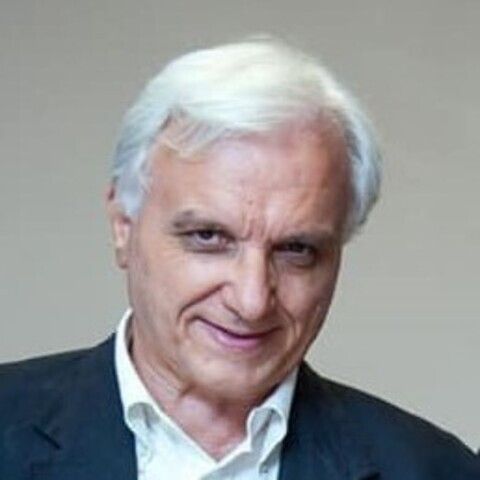This La Cenerentola at the Teatro San Carlo had all the requisites of success: charming voices, delightfully comic acting, a scary beginning and a fine ending, when Angelina-Cinderella’s dreams of love and happy life, instead of the abuses she suffers in her home, come true in a gleeful, well-timed vaudeville-like finale.
In the opera there is neither a fairy godmother, nor a pumpkin-like chariot, and glass slippers are replaced by matching bracelets. Rossini’s opera is based on the protagonist’s goodness and rectitude and on her readiness to eventually pardon her oppressors, as much as on a love affair.
Yet, Angelina as a symbol of modesty and charity is hard to get excited about today, so more than on the “Triumph of Goodness” (the opera subtitle), Paul Curran’s production, first presented in Naples in 2003, puts an undeniable accent on the eccentricity of the characters along with a robust comic flank.
In addition, the staging, now revived to enthusiastic acclaim by Oscar Cecchi, sets the story in the year 1912 because, in Curran’s own words, "I wanted to draw attention to social conflicts, and this was a period when class differences were very real". Thus, the retelling of this much loved fairy tale encompasses love affair, fine sentiments and social consciousness, and the 20th century setting makes the three levels more credible to contemporary spectators, until the final quite obligatory reconciliation.
The protagonist is rescued out of poverty not by a fairy-godmother but by her own compassion, since being charitable to a beggar earns her an invitation to the ball. Alidoro, prince Ramiro’s tutor, is in disguise and while her stepsisters try to drive him out, Cinderella gives him some bread and coffee. He tells the prince (who is looking for a bride who will love him for himself) there is a young girl worthy of him at Don Magnifico's mansion.
Mezzo Serena Malfi’s singing had agility and power; she was mature and convincing, with some superb moments (“Non più mesta”) of limpid technique. Her Cenerentola was both touching and powerful; she brought out all the weakness and insecurity of her character even when she understood the prince loved her for herself. Her voice was really impressive, both in the upper range and with some very rich and strong low notes, with excellent coloratura.
Russian tenor Maxim Mironov played the prince, Don Ramiro, who switched costumes – and hence social relationship – with his valet Dandini, (Simone Alberghini), with all the theatricalities rising from their role reversal. Mironov and Alberghini were well matched and skilful at playing off each other. Considered one of the most interesting Rossini tenors of his generation, Mironov was impressive as the Prince with his bel canto style of singing, consisting of rapidly ascending and descending melodic lines, with great high notes.
The other male voices were all vocally superb providing some great bass and baritone singing. The buffo bass Carlo Lepore was great as Don Magnifico, mastering the stage with a sparkling performance. Simone Alberghini’s singing and acting was also brilliant: his Dandini was entertaining and vocally solid. They both brought a great deal of humour and their duet “Un segreto d’importanza” was dazzling. Their mischievous characters were made ludicrous by means of whimsical choreographies, with the pantomime touch that this opera requires.
In the role of Tisbe, was mezzosoprano Candida Guida, while Clorinda was soprano Caterina Di Tonno. They played with cheerful nastiness and bellicose physicality and were excellent vocally, providing lots of fun with the clownish traits of their roles. Luca Tittoto sang the role of Alidoro, the tutor who helps the prince in the search for the right woman to become Don Ramiro’s bride. He had the essential vocal gravity and physical solemnity to embody the moral gist of the story.
The music was excellently played by the Orchestra of the Teatro di San Carlo under the baton of Gabriele Ferro, who offered a clear interpretation of the score, both accurate and expressive.
The staging, with Zira de Vincentiis' costumes and Pasquale Grossi's sets, caught all the essential components of this opera: charming bel canto voices, comic plot, thrilling score and a happy ending. What worked so well was the dramatic tension throughout the performance; the actors were free to give their characters personality, to breathe new life into trite ideas we all have on Cinderella’s story and characters, bringing out lovely voices, fun spirit and Rossini’s glittering score.


